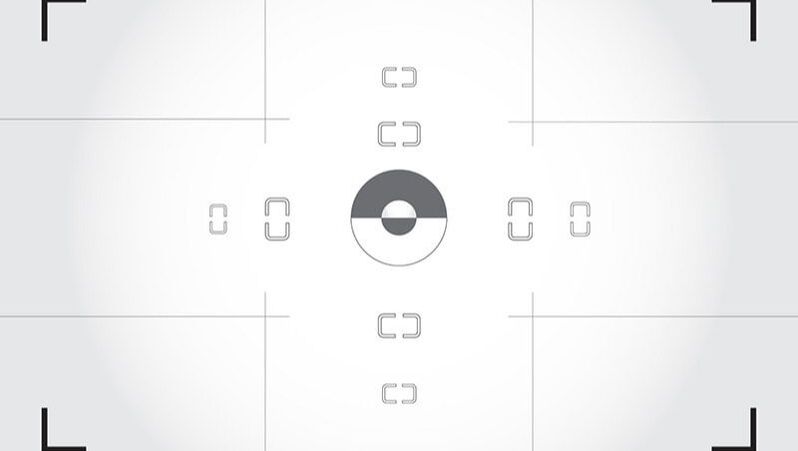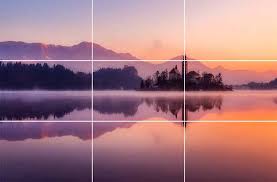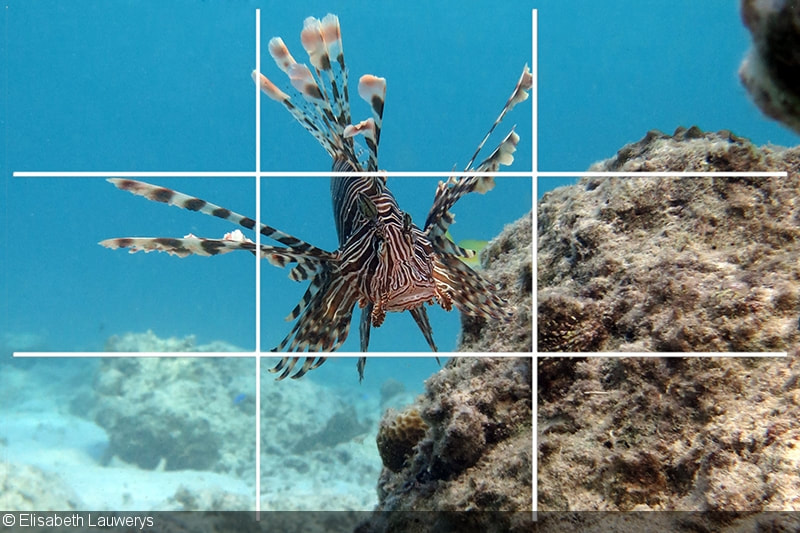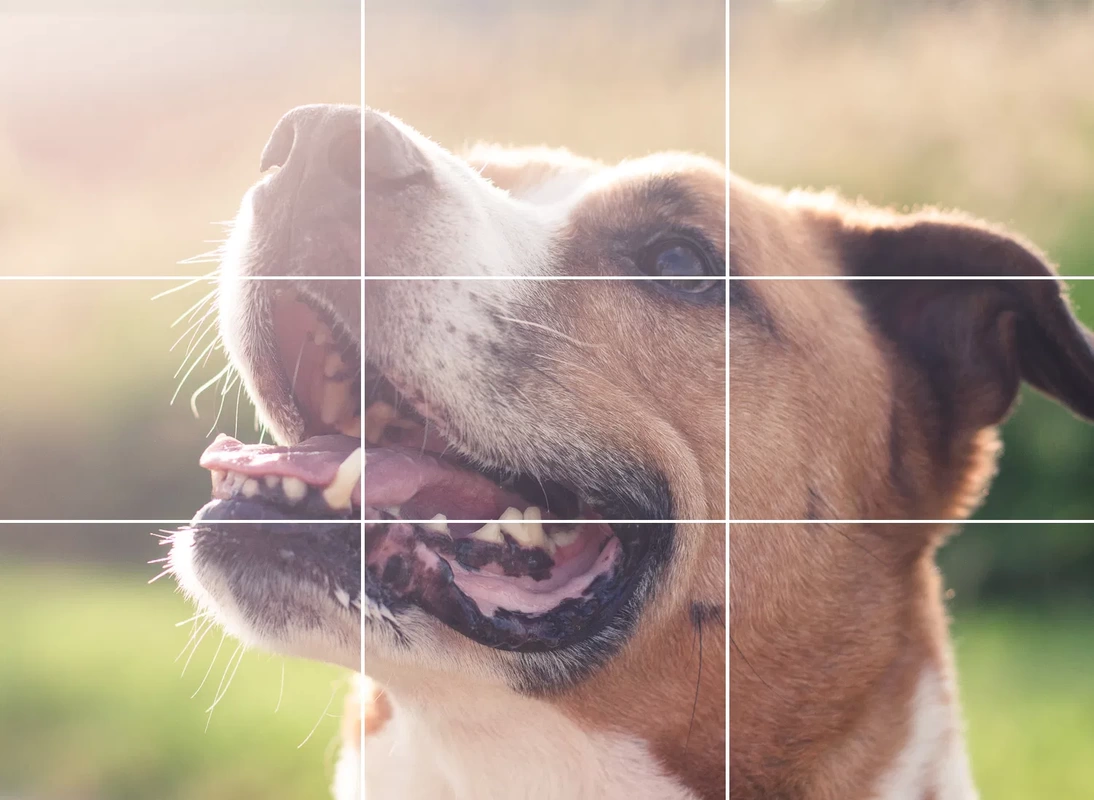A lot of schools and colleges are out in the world doing amazing things.
I wanted to offer some candid thoughts on video production so anyone can self document their studies and travels with a compilation of methods. I'm convinced anyone in our little town of Bryan / College Station can be a filmmaker and tell a story.
Chase Jarvis once said “the best camera is the one that's with you”
WHAT IS A MINI-DOC?
Mini documentaries are essentially short documentaries. It shouldn't feel like a commercial.
Compared to video ads and video marketing content whose purpose is to convince and sell, documentaries exist to educate, inspire, and create a connection. Through storytelling with a film-like narrative, documentaries and docuseries present an opportunity for brands to show their “human side”, while creating a genuine connection with not just customers and prospects, but the world.
Compared to video ads and video marketing content whose purpose is to convince and sell, documentaries exist to educate, inspire, and create a connection. Through storytelling with a film-like narrative, documentaries and docuseries present an opportunity for brands to show their “human side”, while creating a genuine connection with not just customers and prospects, but the world.
OK LETS SHOOT SOME B-ROLL
The terms A-roll and B-roll were dubbed back in the early days of Hollywood films.
B roll, B-roll, B-reel or Broll footage is essentially any video footage in addition to primary footage (also known as your A-roll), which usually features the subject. Anytime you’re watching a film, documentary or even a video ad—the footage that isn’t a ‘talking head’—that’s B roll.
What’s the secret sauce to good video? B-ROLL, baby! All those dreamy sunrises and sunsets, and pivotal close-ups… B roll. When creating a video, it’s all about the ‘show don’t tell’ — seeing the same shot without variation is boring — B roll brings your video to life!
TELL A STORY! Here is an example shot list:
I get on the plane. I look out the window. We see our friends chatting on plane. We walk with backpacks on. We look at maps at the table. We gather equipment. We walk down foot paths. Looking through binoculars. Gathering specimen. Group shot of us smiling with out host. Writing in journal. Walking during sunset / sunrise.
How long should B roll clips be? This requires a two-pronged response.
Firstly, one of the biggest mistakes you can make when shooting B roll is not holding a shot long enough, a good B roll shot should be a minimum of 10-15 seconds long for short videos. COUNT OUT 5-6 SECONDS IN YOUR HEAD WHILE RECORDING. HOLD YOUR SHOT AND FRAMING LIKE A PHOTO.
B roll, B-roll, B-reel or Broll footage is essentially any video footage in addition to primary footage (also known as your A-roll), which usually features the subject. Anytime you’re watching a film, documentary or even a video ad—the footage that isn’t a ‘talking head’—that’s B roll.
What’s the secret sauce to good video? B-ROLL, baby! All those dreamy sunrises and sunsets, and pivotal close-ups… B roll. When creating a video, it’s all about the ‘show don’t tell’ — seeing the same shot without variation is boring — B roll brings your video to life!
TELL A STORY! Here is an example shot list:
I get on the plane. I look out the window. We see our friends chatting on plane. We walk with backpacks on. We look at maps at the table. We gather equipment. We walk down foot paths. Looking through binoculars. Gathering specimen. Group shot of us smiling with out host. Writing in journal. Walking during sunset / sunrise.
How long should B roll clips be? This requires a two-pronged response.
Firstly, one of the biggest mistakes you can make when shooting B roll is not holding a shot long enough, a good B roll shot should be a minimum of 10-15 seconds long for short videos. COUNT OUT 5-6 SECONDS IN YOUR HEAD WHILE RECORDING. HOLD YOUR SHOT AND FRAMING LIKE A PHOTO.
COMPOSITION - RULE OF THIRDS
Imagine your image is divided into sections by a tic-tac-toe board like the grid shown.
So, the rule of thirds suggests placing the subject off center. But which of those intersecting lines should you use? That of course depends on what you’re shooting, but there’s a few things to consider to help you make the best choice.
If the subject is looking in a certain direction, leave the empty space in the same direction that they’re looking towards. So, if you are taking a portrait and the subject is looking towards the left, place them on that grid line on the right.
If the subject is moving, leave the empty space in the direction that they are moving in. This gives the subject a sense of moving forward, and allows the viewer to see a little of where they’re headed.
If the subject is small, use an intersection of the grid. If the subject is larger long, try placing it along one entire line.
If the subject is looking in a certain direction, leave the empty space in the same direction that they’re looking towards. So, if you are taking a portrait and the subject is looking towards the left, place them on that grid line on the right.
If the subject is moving, leave the empty space in the direction that they are moving in. This gives the subject a sense of moving forward, and allows the viewer to see a little of where they’re headed.
If the subject is small, use an intersection of the grid. If the subject is larger long, try placing it along one entire line.
FRAME AT EYE LEVEL
The three basic shots to cover a "scene"
I borrowed this information from film school. It will get you in the right mind set to get enough coverage for a good edit. I try to shoot every story with a mix of wide, medium and close up shots.
What can help you get unique angles and add cinematic value to your video is to have fun with shooting B roll to help you capture quality, smooth movement and a variety of perspectives.
What can help you get unique angles and add cinematic value to your video is to have fun with shooting B roll to help you capture quality, smooth movement and a variety of perspectives.
- Wide-angle shots establish a setting and help place the viewer firmly in the scene
- Medium shots show a portrait of the subject from a medium or ‘waist high’ distance
- Close-up shots show details and can help point out something key to the viewer
- Shoot a range of frames per second - 120 frames a second will allow you to play around with slow motion effects in post production
VIDEO STUDY
Undirected B Roll Footage
As the name suggests, this type of B roll footage is shot without directing your character. For example, for an interview video, these can simply be close-up shots of your character’s hands and expressions. Whereas in a documentary shoot, this can be everyday activities that you film your character doing. This National Geographic short film on the ice men of Mumbai is a perfect example of undirected b roll shooting.
As the name suggests, this type of B roll footage is shot without directing your character. For example, for an interview video, these can simply be close-up shots of your character’s hands and expressions. Whereas in a documentary shoot, this can be everyday activities that you film your character doing. This National Geographic short film on the ice men of Mumbai is a perfect example of undirected b roll shooting.
So how what does Donny's B-Roll look like when he assembles a video?
This is a short news style doc I made to promote TAMU research.
DON'S BEST ADVICE
THREE THINGS TO REMEMBER:
1. WIDE, MEDIUM, CLOSE COVERAGE
2. HOLD YOUR SHOT
3. TELL A STORY, ITS NOT A STORY WITHOUT PEOPLE
College Station Video Production | Texas Videographer Donny Hall | Copyright 2022 Studio82tx






